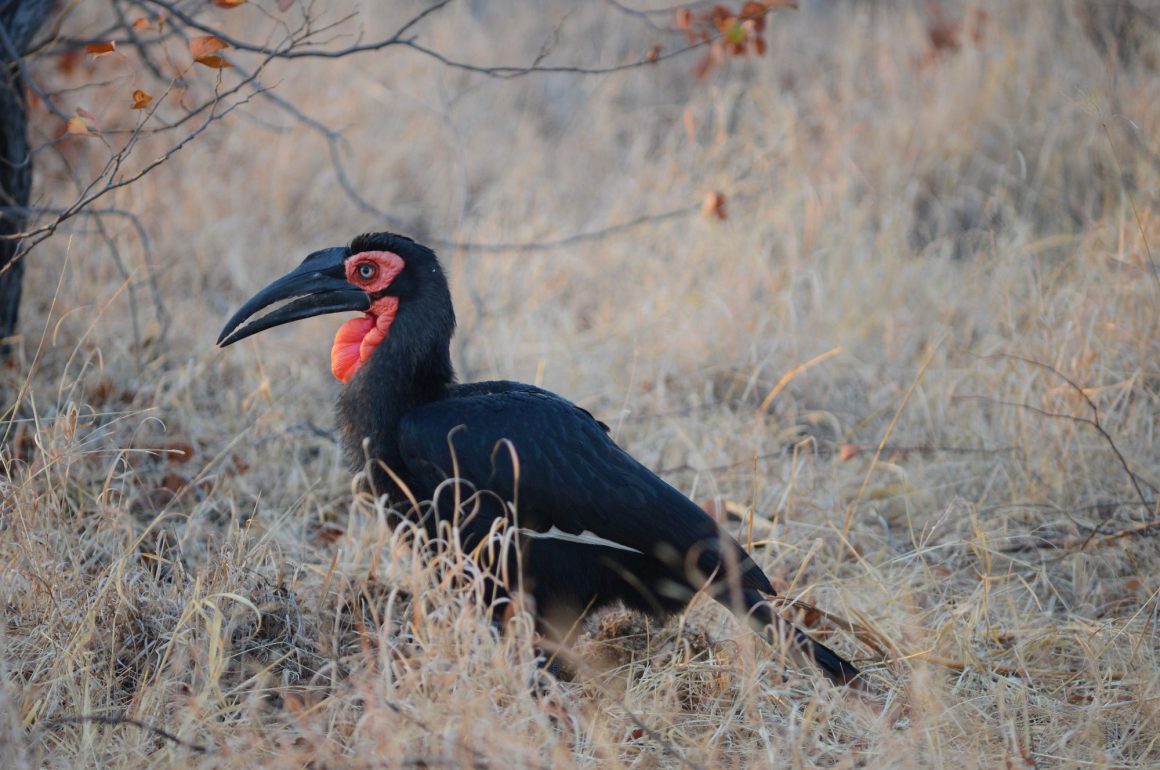
Skukuza camp is somewhat of the “capital” of Kruger National Park, having developed into a huge complex including a golf course and an airport, tailoring to the largest possible spectrum of safari goers. We visited the camp a few times as a family when we went to Kruger, and after getting used to the large numbers of tourists around, had an excellent time game-viewing and birding in the area.
The camp itself hosts a large number of common species, but because there are so many visitors around, they have become remarkably tame. Crested Barbets for example always offered excellent views and, despite being common garden birds back home, were entertaining to watch. Similar to Berg-en-Dal camp, quieter areas of the camp attract some more special birds like Bearded Scrub-Robin as well.
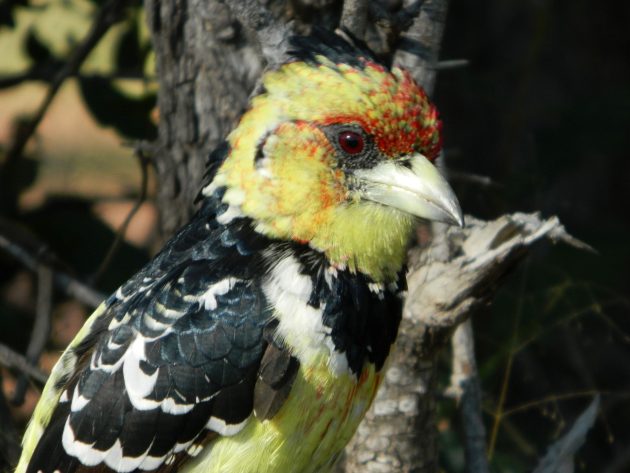
We always made a detour to surrounding picnic sites, as these were great opportunities to get out of the car and walk around. As many tourists feed the animals (or just leave scraps behind), birds here were at least as approachable as in the camp itself, with starlings and hornbills being the main representatives.
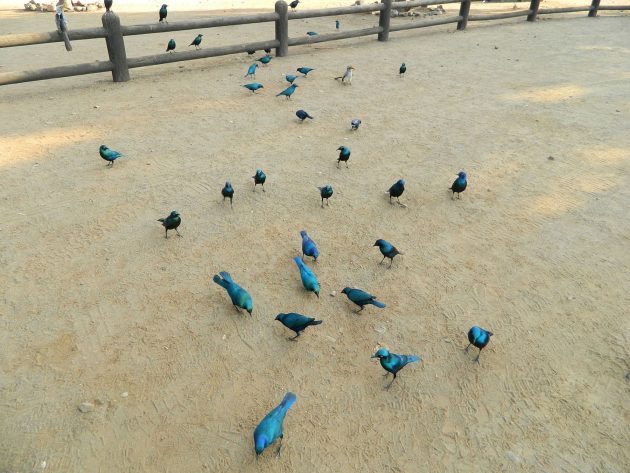
The resident Lilac-breasted Rollers are complimented in summer by European Rollers, which are often not as colourful as they are in Europe during their breeding season, but beautiful birds nonetheless. I do have to admit that I appreciate them more now that I live in Europe and know how hard it is to see them unless you’re in the correct area. Also, whereas in Kruger they are only one of a handfull of very colourful birds you see every day on safari, they are very high up on the scale of handsomely-plumaged birds in Europe. I guess you become somewhat spoiled living in subtropical African regions.
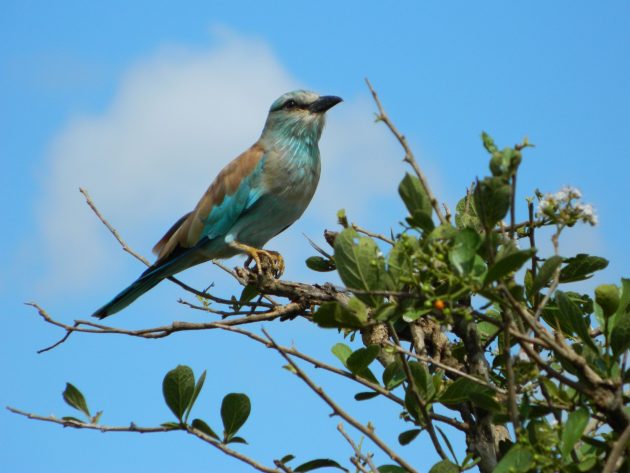
The rivers that criss-cross this region are always a fun location to stop at, not only for their scenic aspects but also as different animals frequent them. Approaching a bridge, my constant hope was to see an African Finfoot paddling quietly along some overhanging riparian vegetation. This dream never materialised, but we were somewhat compensated by some White-crowned Lapwings that often frequented the sandy areas along the water’s edge (I know it’s a downgrade, but you’re bound to become disappointed if you expect too much with finfoots anyways…).
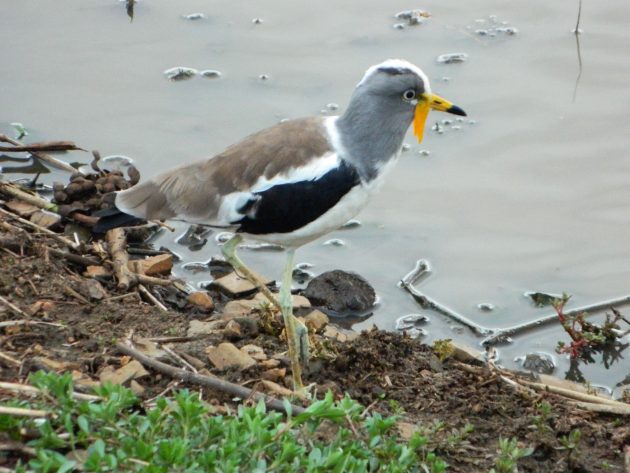
One evening, we had a true “lion king” situation along a river, when we noticed a distance giraffe acting strangely as it crossed the dry bed. Suddenly, a few lions popped out of a crevices of some rocks, clearly awoken by the unassuming giraffe. As the giraffe and the lions seemed to have an awkward stare-down – the lions still groggy and the giraffe befuddled at its unintentional find – a family of elephants lazily crossed the riverbed while a group of buffaloes arrived to graze. I don’t think I’ve ever seen such an accumulation of large mammals (waterholes don’t count).
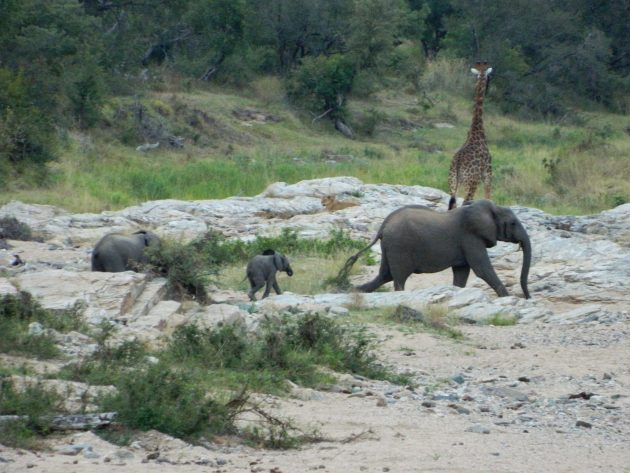
Despite the crowds, the Skukuza area offers some excellent habitats for birds. It is also very rich in large mammals and has probably become such a touristy place partly for this reason. A benefit of the many other people present there is that the Big 5 will be conveniently spotted by others, so if you don’t have a lot of time, this is probably the area to go in order to stake out these mammals. If birds and other smaller animals are more your cup of tea, I’d recommend visiting quieter areas in the park.

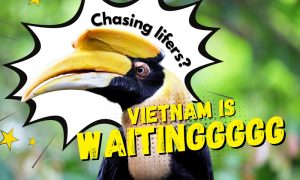
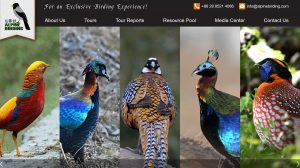
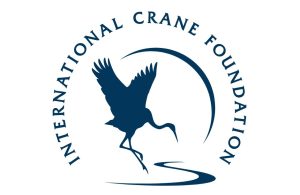
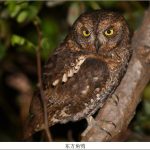

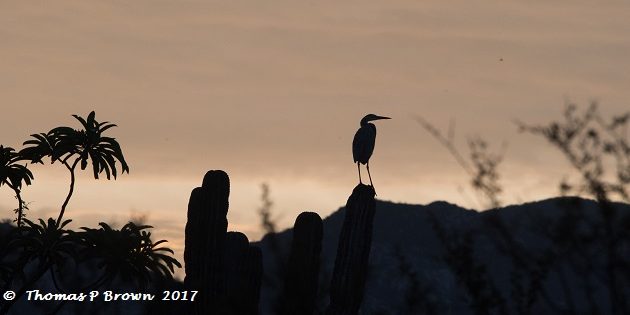
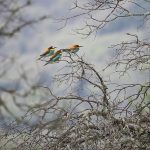
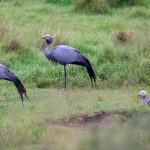


I really like this one-by-one description of the different parts of Kruger. Makes me wish to go there again soon.